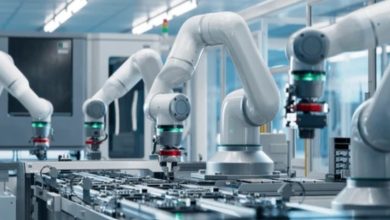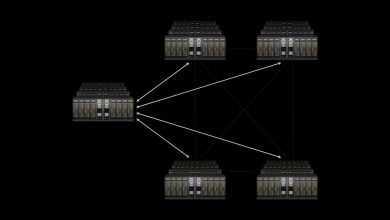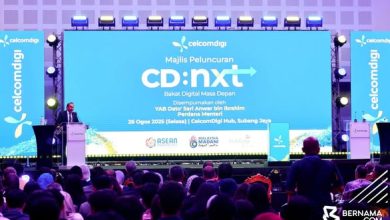Dell Technologies Unveils Innovation Resilience Insights in Malaysia and Concept Luna Updates
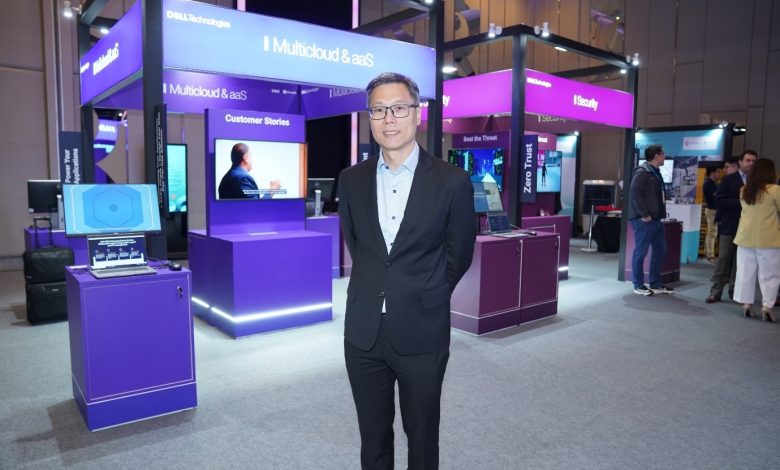
Written by: Mohammad Al Amin Mohd Jahaya, Journalist, AOPG.
Dell recently hosted their highly anticipated Dell Technologies Forum 2023 at the Hilton Kuala Lumpur in Malaysia. The event showcased Dell’s latest and upcoming technologies, and featured forum discussions led by industry leaders. Parallel to the event, Dell coordinated a media briefing featuring Mak Chin Wah, Dell’s Country Manager for Malaysia. During this briefing, Mak delved into the specifics of the Dell Technologies Innovation Index and offered his expert perspective on the topic of companies’ digital transformation and innovation resilience in post-pandemic markets.
Business Digital Transformation and Innovation Begins With Employees
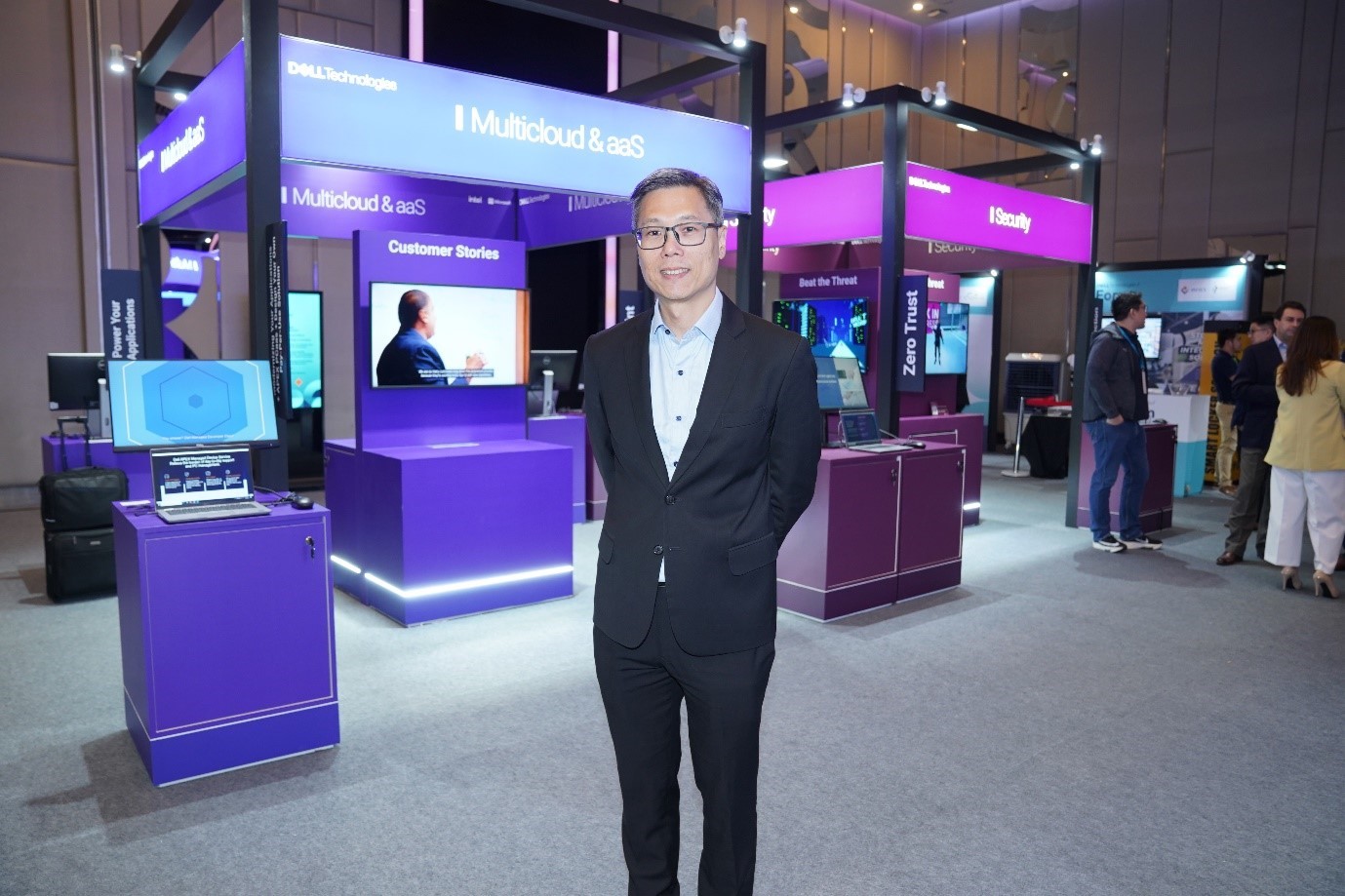 Mak Chin Wah, Country Manager, Dell Malaysia
Mak Chin Wah, Country Manager, Dell Malaysia
Mak kicked things off by presenting some compelling statistics from Dell Technologies’ latest survey:
The Dell Technologies Innovation Index reveals that 53% of respondents in Malaysia (APJ: 60%; Global: 57%) fear their organisations could be irrelevant in 3-5 years, based on the health of their innovation pipeline and culture. The new global study, polling 6,600 employees across 45+ countries, illustrates why innovation is business critical and how organisations should harness their people, processes, and technologies to innovate effectively. In the specific context of the Asia Pacific & Japan (APJ) region, the survey included responses from 1,700 employees across eight countries, including Malaysia, Australia, New Zealand, India, Japan, Singapore, South Korea, and Thailand.
In relation to the Innovation Index, Mak shared the steps companies should take to address the said fears by providing examples of how companies can enhance their digital transformation and innovation resilience journey. It seems that modern technologies, including automation, play a pivotal role in this process.
“Today, a lot of companies looking at automation. 71% of companies purchased a lot of tools and software to help their employees be more productive. But not all the employees will utilise the said tools.”
He also said that to encourage employees to utilise all the tools available is by making them more aware of the digital transformation that is happening to their company. Highlighting the importance of adapting to the changes that are happening will reinforce the employees, so they’ll able to break the barrier of entry to automation and start utilising all the tools.
He added, “Companies should streamline their digital transformation and innovation so that employees will be able to leverage and adapt.”
To further affirm the matter, Mak proceeded to share statistics on Innovation Laggards in Malaysia — companies that have been holding themselves back from innovating and modernising their technologies.
Innovation Laggards, What’s Holding Them Back?
Through assessing organisations, respondents are placed on an innovation maturity benchmark ranging from Innovation Leaders to Innovation Laggards. According to the analysis, only 18% of Malaysian organisations (APJ: 17%; Global: 18%) can be defined as Innovation Leaders and Adopters. These are companies that have an end-to-end innovation strategy and are well placed to navigate headwinds coming from a global recession, supply chain issues, environmental impacts and more, and continue to grow.
In Malaysia, they are 1.4x (APJ: 2.1x; Global: 2.2x) more likely to accelerate their innovation during a recession than Innovation Followers and Laggards (who are more likely to decelerate). This “innovation resilience” (i.e., determination and ability to innovate during tough times) is credited as part of the reason why Innovation Leaders and Adopters are 1.6x (APJ: 2.1x; Global: 1.9x) more likely to experience high levels of revenue growth than (15%+ expected annual revenue growth in 2022) Innovation Laggards and Followers.
While much of this innovation is now driven by technology, companies cannot remain stagnant and rely on their legacy systems in today’s rapidly evolving digital landscape. Mak then shared some of the factors that have been holding companies back in Malaysia from taking the step forward towards modernising their technologies.
“Usually when it comes to the technology acquisition process, there are two things to consider: First, technical evaluation. Where a company will evaluate a technology. The other one is financial evaluation where a company will evaluate the ROI when they invest in technology. The two factors must be balanced. Decision-makers need to be able to take a long-term view of it — meaning there will be investment upfront, but the ROI will be 2-3 years later. So, it all depends on them [companies] view technology investment.”
He then explained that it is important for companies to start recognising both the values and benefits of investing in technologies. Once companies in Malaysia are able to recognise the financial worth of investing in technologies, only then they will not be held back and able to kick-start technology adoption and move forward as innovators.
Simply put, companies need to change their view on technology investment. It should be seen as a necessity that would provide returns that will allow their companies to be more agile and adapt to the changing market trends. Especially if another global disaster were to happen again in the future.
By going through digital transformation and adopting innovation resilience, companies have the resources and tools to adapt to change quickly, thus allowing them to continue business and mitigate the losses caused by a disaster. In addition to being able to survive during a disaster, companies also will be able to stay relevant and compete effectively.
Concept Luna: The Next Disruptor of the Laptop Market?
Interestingly, the updated Concept Luna, Dell Technologies’ attempt at manufacturing sustainable and modular laptops was also a part of the exhibition.
A modular laptop is not really something new as there have been a few iterations of such machines. A few years back, Dell launched the Alienware Area-51m modular gaming laptop to deliver a more sustainable mobile personal computer. Unfortunately, Alienware Area-51m didn’t manage to take off.
And just recently, a laptop brand called Framework has risen to continue Dell’s mission to deliver a sustainable mobile personal computer. They’re steadily gaining popularity and recognition from laptop communities and enthusiasts around the world.
So, the question is what makes Concept Luna different from the existing modular laptops?
According to the Dell representative that demonstrated Concept Luna, Dell is aiming to move Concept Luna as a plug-and-play modular laptop. And Dell has made quite a few improvements since Concept Luna’s first introduction.
Dell has improved Concept Luna’s modularity significantly by minimising the use of screws and cables. The keyboard piece can simply be removed by slotting a pin, or the sort into its Noble Lock slot. While cables have been replaced by contact connectors. These improvements would immensely improve repair efficiency and allow users to easily upgrade their laptops.
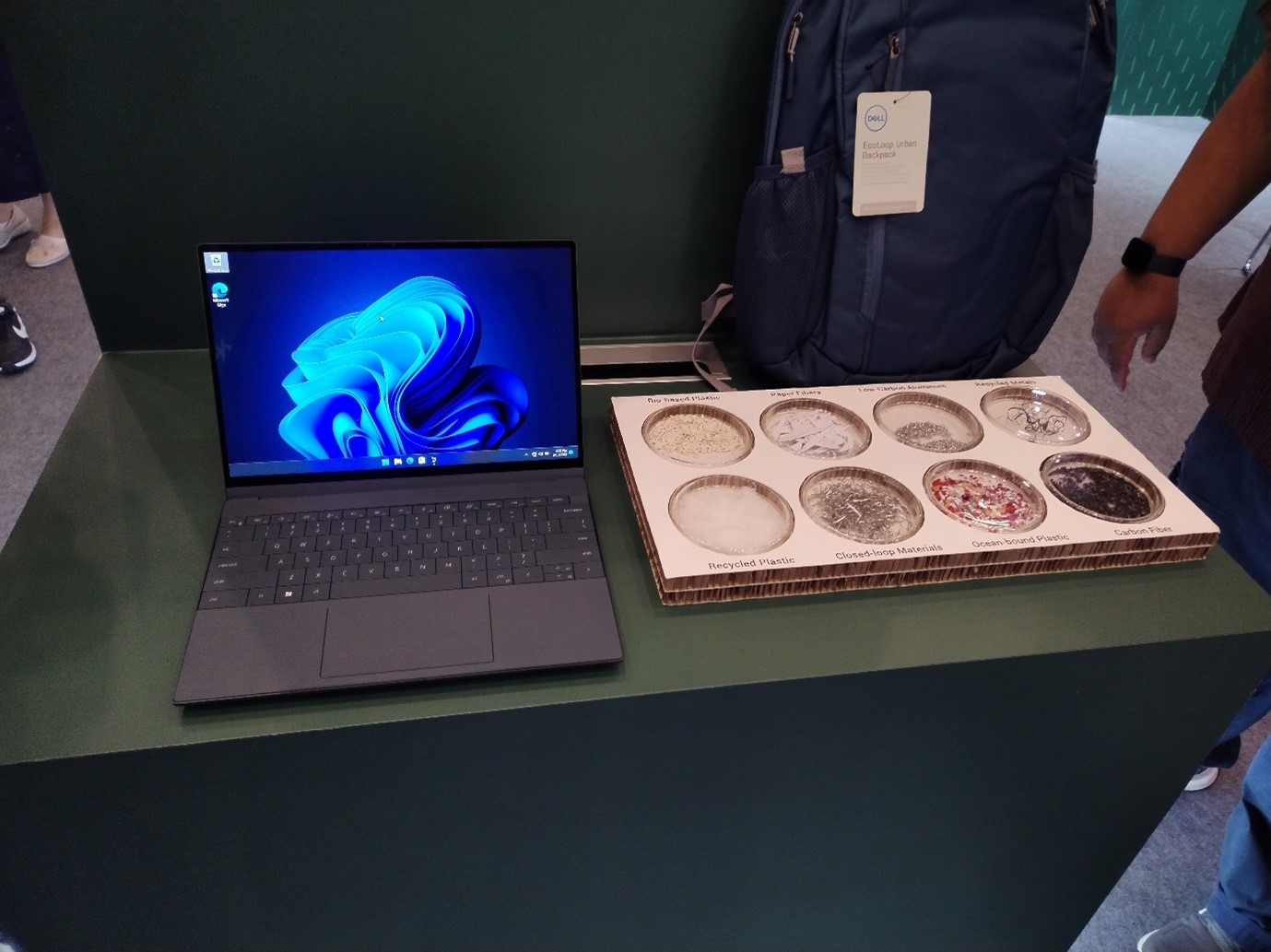
However, at the time of the demonstration, the Dell representative mentioned that Dell still has no plans to release a fully working Concept Luna anytime soon. They will release it, but it won’t be soon, though the question remains: How it would benefit laptop users, personal and enterprise-wise?
From the looks of it, Dell aims to create a modular plug-and-play laptop where users can easily upgrade or repair parts of the laptop. This will create more sustainable laptop usage since laptop users won’t have to invest in a whole new laptop in such cases. Businesses can simply purchase new parts to repair or upgrade them, significantly reducing capital expenditures.
As to how Concept Luna differs from Alienware Area-51m and Framework’s laptops, is the ease of swapping and assembling the laptop parts. Unlike Alienware Area-51m and Framework’s laptops, Concept Luna uses contact connectors to link its internal parts. This means even novice users can easily replace or upgrade their laptops without having to worry about damaging the parts or laptop during the process.
In addition to easy assembly for users, the contact connectors will make it easier for assembly line bots to assemble the laptop since there is no need to worry about damaging the connector cables during manufacturing. This will speed up the laptop production process, allowing Dell Technologies to meet their customers’ demands faster than before. All this is still a conjecture and remains to be seen.
Whether Concept Luna becomes a game changer or follows in the footsteps of its predecessor — Alienware Area-51m, only time will tell once it’s officially released.

